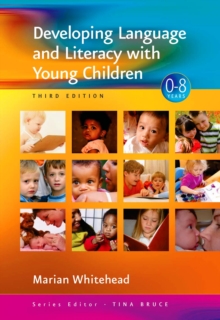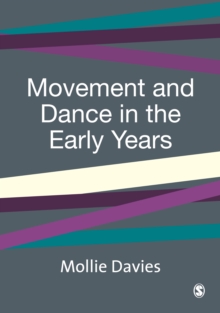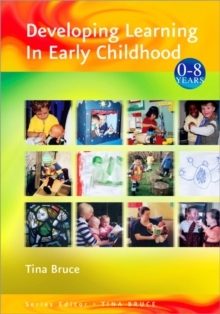
EPUB
Description
`This original and fascinating approach to children's movement development is highly recommended reading for tutors, practitioner and students alike' - Under Five
`Movement and Dance in Early Childhood offers a clear and accessible entry into the world of movement and dance and the possibilities that exist for children, their families and the wider educational community' - Every Child
`Eminently readable and accessible. Whether the reader is versed in movement understanding or a beginner, by the end of the book they should be a much better movement observer, teacher and handler' - Marion North, Principal and Chief Executive, Laban Centre for Movement and Dance
In this unique and innovative book on movement and dance development from birth to eight years, the author draws on her depth of knowledge and practical experience in helping children to become skilled, creative and imaginative in a wide range of movement-oriented activities. The book seeks to help early childhood educators and parents in very practical ways and provides guidance based on a sound theoretical understanding.
Originally published as Helping Children Learn Through a Movement Perspective, this book has been updated in the light of recent research. The author extends her investigation of how young children learn in and through movement. There is an expanded chapter on dance, which suggests strategies for working with young children and examines ways in which young children take on the roles of dance-makers, performers and appreciators. An additional chapter shows ways in which the expressive and artistic aspects of children's movement can be appropriately located and includes exemplars for dance at Key Stage 1 and the early phases of Key Stage 2.
Information
-
Download - Immediately Available
- Format:EPUB
- Pages:240 pages
- Publisher:SAGE Publications
- Publication Date:12/03/2003
- Category:
- ISBN:9781446233115
Other Formats
- PDF from £30.59
- Paperback / softback from £38.85
- Hardback from £134.00
Information
-
Download - Immediately Available
- Format:EPUB
- Pages:240 pages
- Publisher:SAGE Publications
- Publication Date:12/03/2003
- Category:
- ISBN:9781446233115










